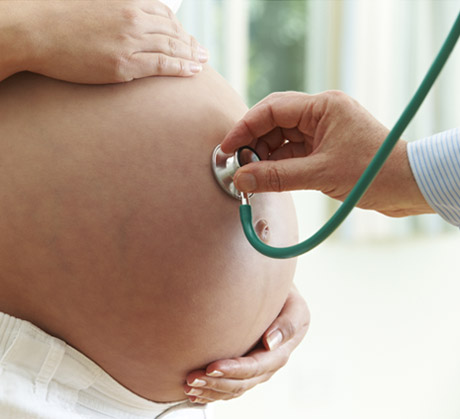
High risk births include:
Woman who have had recurrent miscarriage.In a high-risk birth, you will be kept on the delivery ward and monitored carefully with continuous electronic fetal monitoring (EFM). Two belts are placed around your bump. One measures your contractions and the other one monitors and records the baby’s heart rate.
If your baby’s heart beat cannot be picked up accurately by the monitor on your abdomen, sometimes a fetal scalp electrode (FSE) is advised. This is a spiral wire placed directly on the fetal scalp. Baseline variability can be assessed more reliably with the FSE than with Doppler from external monitoring, as sometimes the signal from the latter is difficult to time accurately.
If your baby is in distress this will show up on the monitor and may mean that you need an assisted birth or even a caesarean. It is not always easy to interpret EFM readings, so your birth team might err on the side of caution and intervene as soon as they see any signs of distress in your baby or you.
It can be hard to labour comfortably and effectively with EFM so you might discuss intermittent testing or ask whether you can sit on a gym ball while the monitors are attached. If your waters have broken the midwife may attach small clip monitor to baby’s head instead.